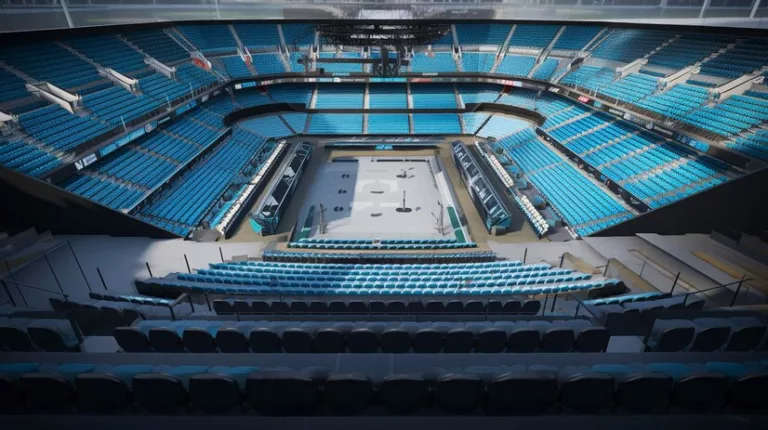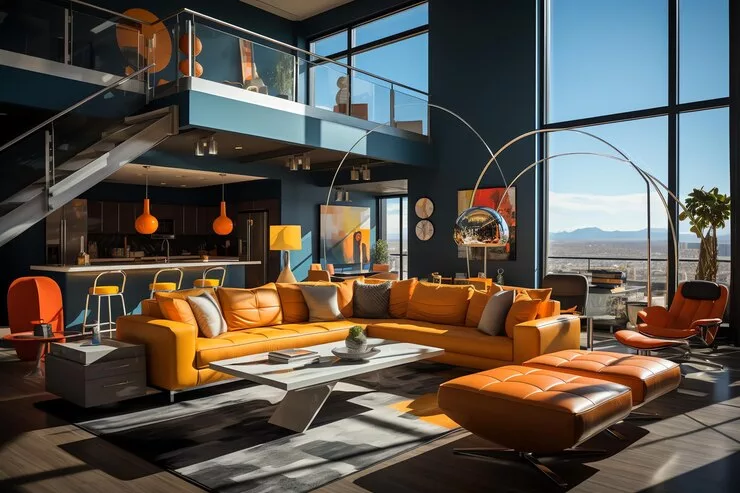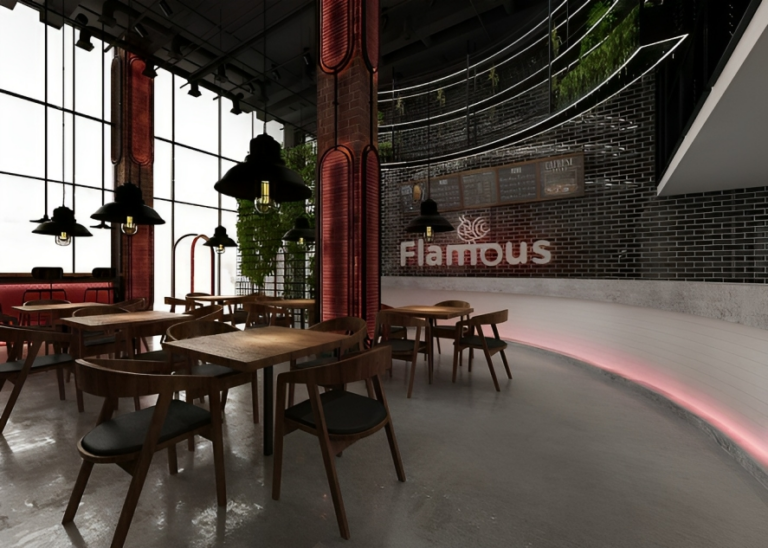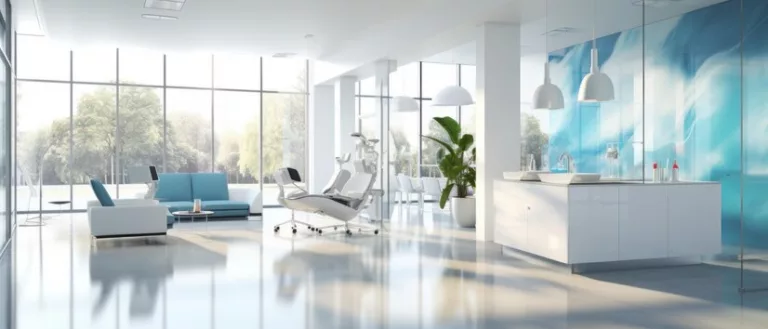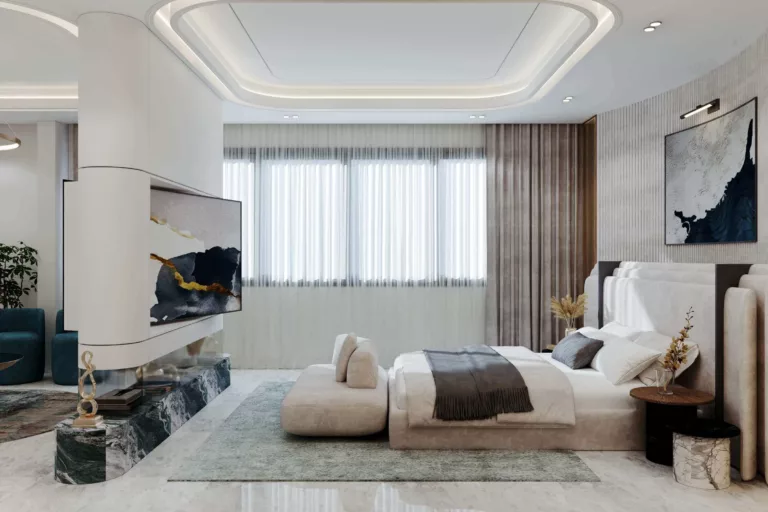Football stadium interior design plays a crucial role in creating an immersive and enjoyable experience for fans. It encompasses various aspects, including lighting, seating arrangements, hospitality areas, multimedia integration, and sustainability practices. The goal is to enhance the ambiance, comfort, and technology-driven features for an unforgettable fan experience.
Introduction to the importance of interior design in football stadiums
The interior design of football stadiums is of utmost importance as it directly impacts the fan experience. It sets the tone, creates a welcoming atmosphere, and enhances the overall ambiance. From lighting to seating arrangements, every aspect of interior design is carefully considered to ensure an enjoyable and immersive experience for fans.
Evolution of interior design trends in football stadiums
Over the years, the interior design trends in football stadiums have evolved to cater to the changing demands and expectations of fans. Designs have become more modern and innovative, incorporating state-of-the-art technologies, comfortable seating arrangements, and visually appealing aesthetics.
Lighting and Color Schemes
The lighting plays a crucial role in creating the ambiance of a football stadium. Well-designed lighting systems can enhance the overall fan experience and create a vibrant atmosphere. The careful choice of color schemes further adds to the visual appeal of the stadium, creating a cohesive and enjoyable environment for spectators.
Impact of lighting on the ambiance of football stadiums
Proper lighting in football stadiums has a significant impact on the overall ambiance. Well-designed lighting systems create a vibrant atmosphere, enhancing the excitement and energy of the game. They also contribute to the visibility of the players and enhance the visual experience for spectators.
Use of color schemes to enhance the fan experience
The use of color schemes plays a crucial role in enhancing the fan experience in football stadiums. Vibrant and bold colors create a dynamic and energetic atmosphere, while cohesive color palettes can evoke a sense of unity and team spirit among the fans. Additionally, smart use of lighting and color combinations can help create a visually striking and captivating environment that adds to the overall excitement of the game.
Seating Arrangements and Viewing Angles
Optimal seating arrangements in football stadiums are essential to ensure a comfortable viewing experience for fans. The seating layout is meticulously designed to provide clear sightlines to the field, minimizing obstructions and ensuring every seat offers an excellent view of the action. Viewing angles are carefully considered to ensure fans have a direct line of sight to the pitch, allowing them to fully immerse themselves in the game.
Optimal seating arrangements for a comfortable viewing experience
The optimal seating arrangements in football stadiums prioritize providing a comfortable viewing experience for fans. Seats are strategically placed to minimize obstructions and ensure a direct line of sight to the field.
Importance of viewing angles in football stadium design
The importance of viewing angles in football stadium design cannot be overstated. It ensures that every fan has a clear and unobstructed line of sight to the field, allowing them to fully enjoy the action. Proper viewing angles enhance the overall fan experience and contribute to the atmosphere of the stadium.
Hospitality Areas and VIP Lounges
Design features of hospitality areas and VIP lounges in football stadiums include comfortable seating, premium materials, and luxurious finishes. These areas provide an exclusive and upscale experience for guests, with amenities such as dedicated bars, upscale dining options, and private restrooms.
Design features of hospitality areas and VIP lounges in football stadiums
Hospitality areas and VIP lounges in football stadiums are designed with comfortable seating, premium materials, and luxurious finishes. These exclusive spaces offer dedicated bars, upscale dining options, and private restrooms for an elevated guest experience.
Integration of luxury amenities for premium guests
Football stadiums incorporate a range of luxury amenities for premium guests. These include exclusive bars serving high-end beverages, fine dining restaurants offering gourmet cuisine, and private restrooms for added comfort and convenience. Additionally, VIP lounges often feature luxurious seating, premium finishes, and dedicated concierge services to cater to the needs of the esteemed guests.
Multimedia and Technology Integration
With the advancement of technology, football stadiums now integrate multimedia and technology to enhance the fan experience. Giant LED screens display live footage and replays, while high-quality sound systems ensure a captivating audio experience. Interactive touchscreens provide real-time statistics and information, giving fans a deeper understanding of the game. Additionally, some stadiums offer enhanced Wi-Fi connectivity, allowing fans to share their experiences on social media platforms.
Role of multimedia and technology in enhancing the fan experience
Multimedia and technology play a significant role in enhancing the fan experience at football stadiums. Giant LED screens display live footage and replays, while interactive touchscreens provide real-time statistics and information to deepen fans’ understanding of the game. Additionally, high-quality sound systems ensure a captivating audio experience, while enhanced Wi-Fi connectivity allows fans to share their experiences on social media platforms.
Innovative technological features in modern football stadium designs
Modern football stadium designs incorporate innovative technological features to enhance the overall fan experience. This can include features such as state-of-the-art video boards, interactive touchscreens, augmented reality experiences, and virtual reality viewing options. These technologies not only provide fans with an immersive experience but also allow for greater fan engagement and interaction during matches.
Sustainability and Eco-Friendly Practices
In the pursuit of sustainable and eco-friendly practices, football stadiums are incorporating various design elements. These include the use of renewable energy sources, efficient waste management systems, and the integration of green spaces. Stadiums are also implementing water conservation measures and promoting recycling initiatives to reduce their carbon footprint.
Implementation of sustainable and eco-friendly practices in football stadium interior design
Football stadiums are actively embracing sustainable and eco-friendly practices in their interior design. They are integrating energy-efficient lighting systems, utilizing recycled materials for construction, and implementing measures for water conservation. These initiatives aim to minimize the environmental impact of stadiums while providing an enjoyable experience for fans.
Efforts to reduce carbon footprint and promote environmental consciousness
Football stadiums are making concerted efforts to reduce their carbon footprint and promote environmental consciousness. They are implementing sustainable practices such as using renewable energy sources, installing energy-efficient HVAC systems, and incorporating recycling and waste management programs. Furthermore, stadiums are encouraging fans to participate in eco-friendly initiatives, such as using public transportation or carpooling to reduce emissions, and promoting the use of reusable and biodegradable products within the premises. These efforts contribute to creating a more sustainable and environmentally conscious sporting experience.
